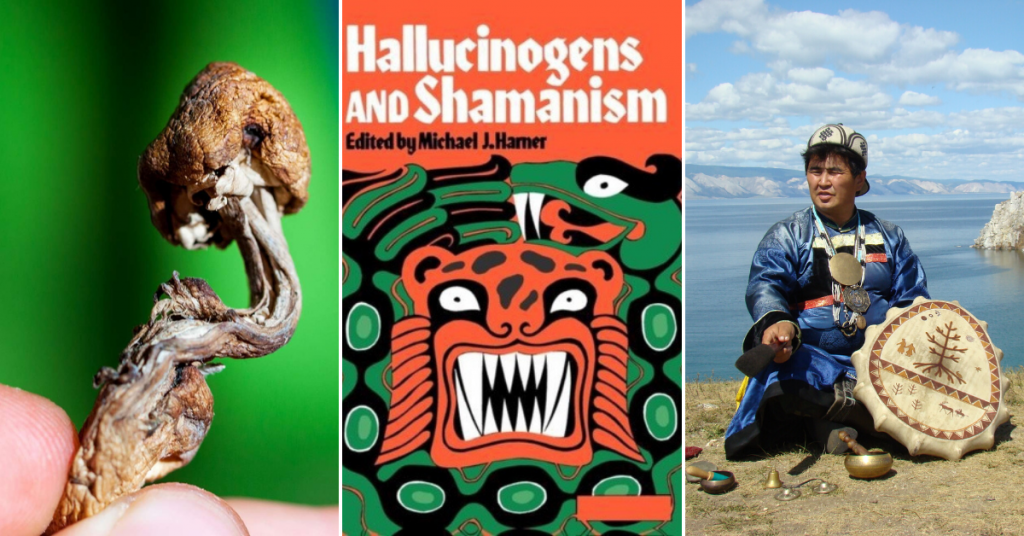Hallucinogens and Shamanism
Anthropologists have long been fascinated by the worldview and religious beliefs of primitive peoples. Only recently, however, with the surge of interest in hallucinogenic agents in our own culture, have researchers begun to acknowledge the essential role of such substances in the cosmology of many of these primitive societies. In this unusual collection, ten original studies explore the use of hallucinogens in shamanism: the ancient and widespread practice of invoking a trance state to perceive and manipulate supernatural forces.
The research ranges from the aboriginal tribes of the Upper Amazon to cultures undergoing Westernization, such as the Apaches of the Southwestern United States; from the myth-enshrouded cults of medieval witchcraft to a modern laboratory experiment. The authors discuss the ritual use of ayahuasca (a potent tea made from the jungle vine Banisteriopsis), psychotropic mushrooms, peyote cactus, and the more esoteric solanaceous plants — mandrake, henbane, and “deadly nightshade.”
Unlike most earlier anthropological reports on shamanism, these essays go beyond objective observation. Most of the authors have succeeded in penetrating the primitive mystical experience by taking the psychotropic catalyst and participating in the native ceremonies. Almost uniformly, their fascinating accounts speak of the deep experience of another reality and a profound duality of body and spirit. In this regard, Hallucinogens and Shamanism not only illuminates the thought patterns and religious views of many non-literate societies, but adds a new dimension to the psychology of religion.
Hallucinogens and Shamanism, door Michael J. Harner (Ed.), Galaxy Books reeks, Oxford University Press, 224 pagina’s.
Koop dit boek via bookdepository.com en steun daarmee Stichting OPEN.

